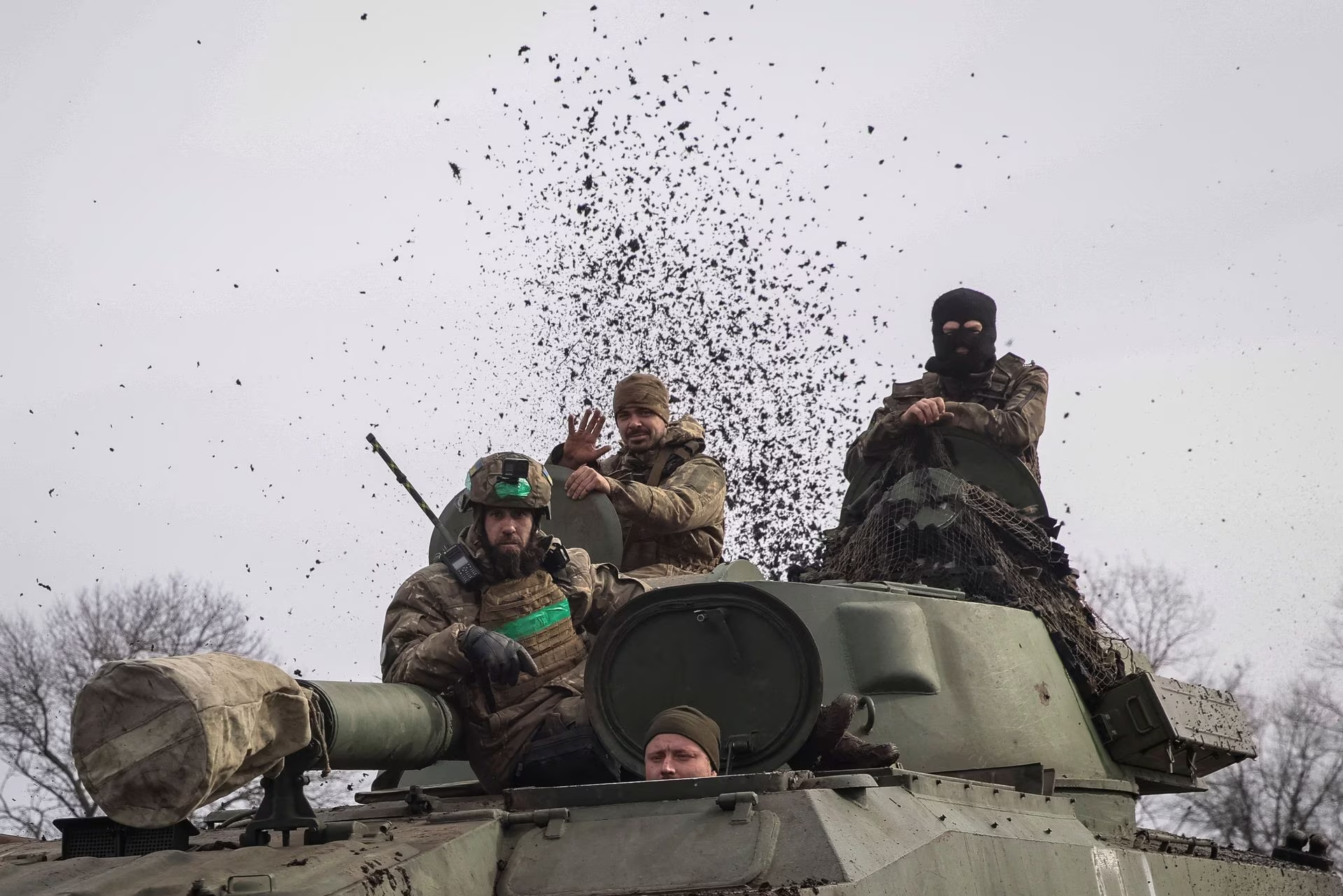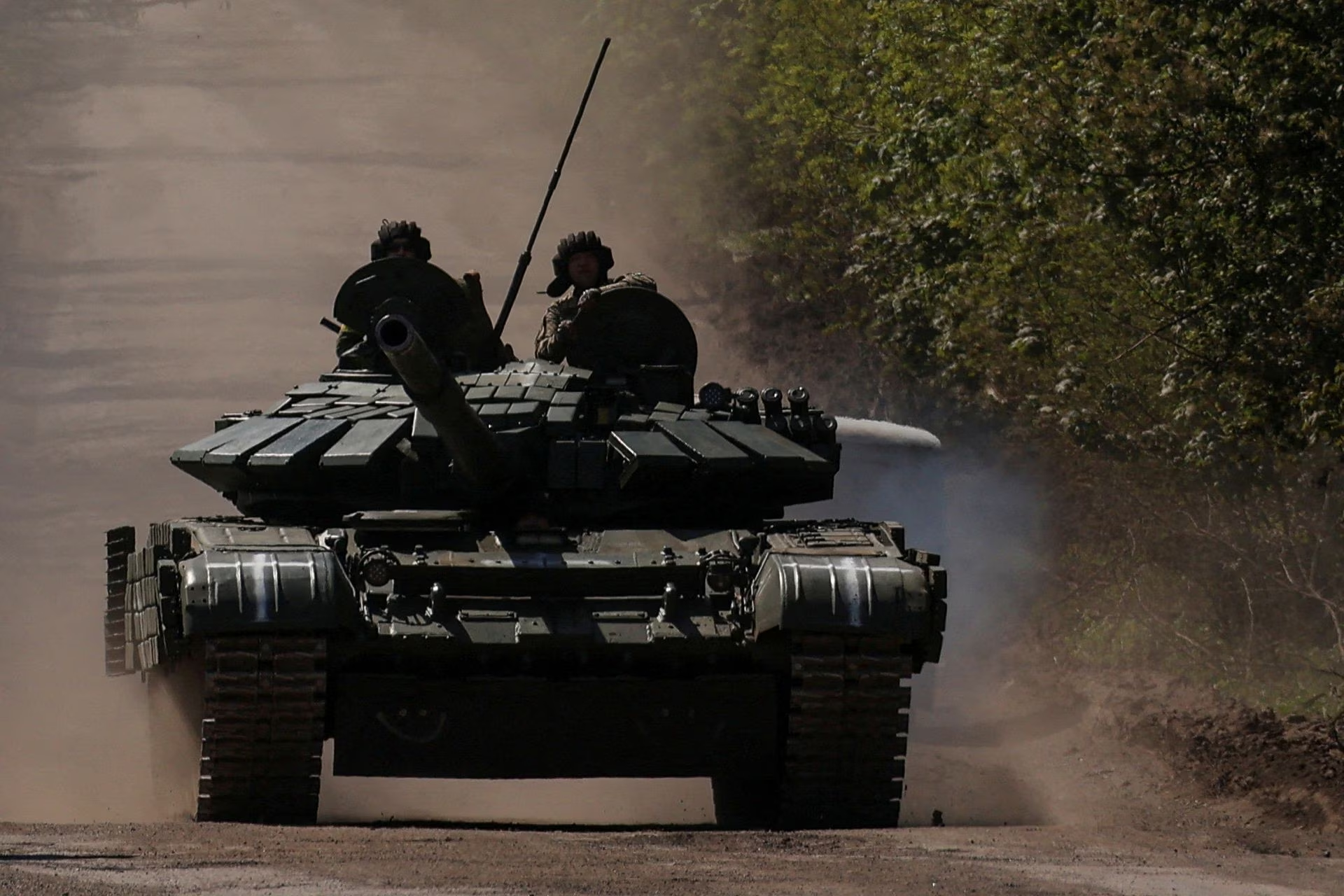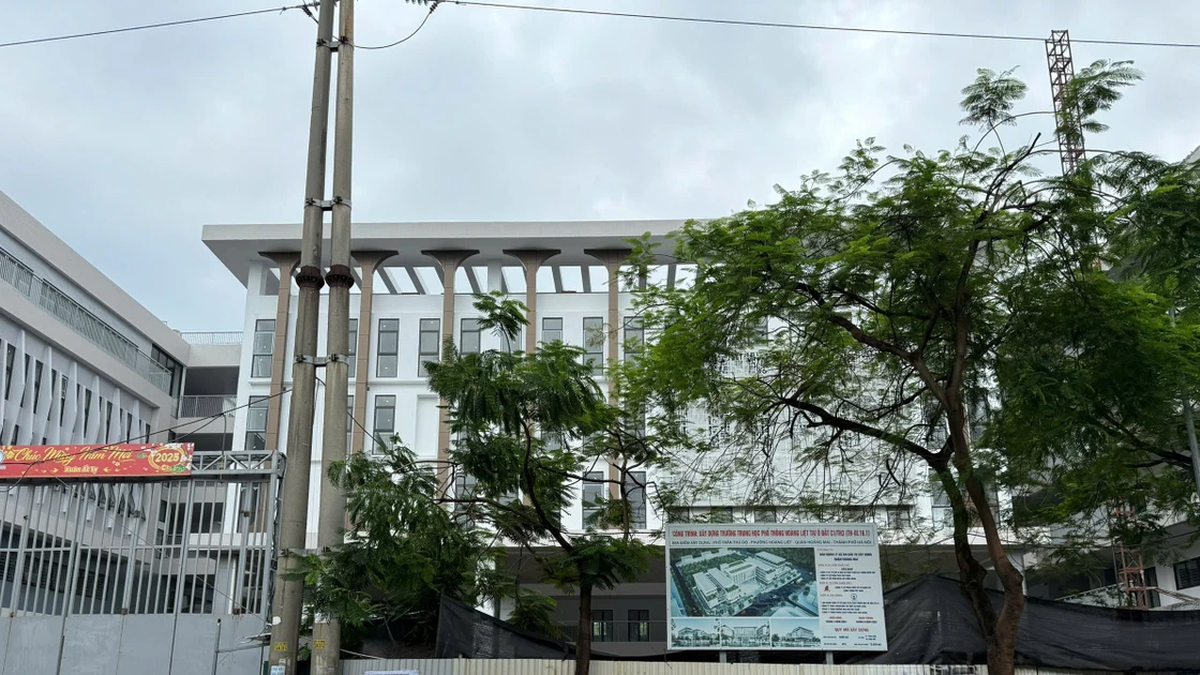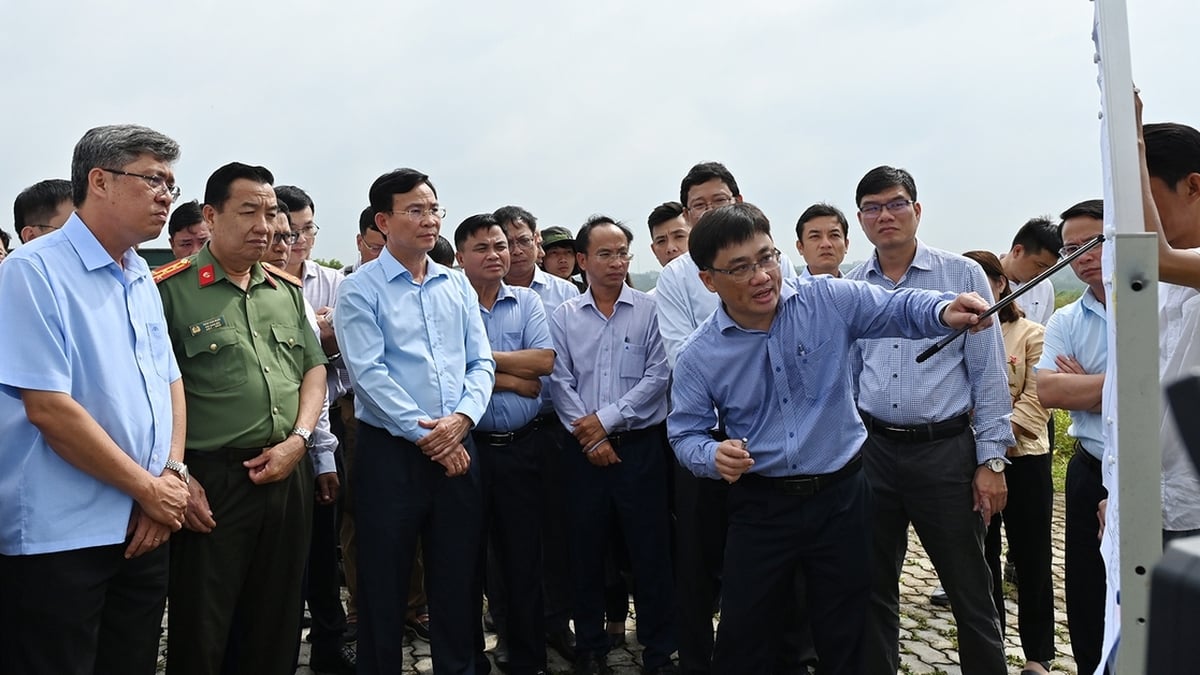Ukraine has been signaling for months that its forces will launch a large-scale counterattack against Russia. The big question now is whether the counterattack has already taken place, as reports have emerged that Ukraine has already taken the first steps in the plan.
Information noise
Amid growing speculation about when Ukraine will strike back, the recent recapture of some areas in the east by Kyiv forces has caused confusion in Russian ranks, according to Business Insider.

Ukrainian soldiers fight in Bakhmut
Last week, Ukrainian forces claimed that the army had made some advances and carried out “effective counterattacks” on the front lines, including around the city of Bakhmut (Donetsk Oblast), where Wagner Group mercenaries are fighting alongside regular Russian troops. One Ukrainian battalion even released a video claiming to have driven Russian soldiers from parts of the city.
In response, Wagner leader Yevgeny Prigozhin said Ukraine's advances clearly showed a counterattack was underway, and accused Ukrainian President Volodymyr Zelensky of "lying." During a trip to Europe last week, Zelensky said Kyiv's forces still needed more time, because a counterattack now, without enough armored forces, could cost Ukraine a lot of manpower, according to Reuters news agency.
Fearing sensitive technology falling into Russian hands, US 'downgrades' M1 Abrams tanks sent to Ukraine
Meanwhile, there is another stream of information from the Ukrainian military leadership that the progress on the battlefield does not mean that Ukraine has started a large-scale offensive. In addition, the Russian Defense Ministry also denied information that Ukraine has achieved a breakthrough on the front line.
"Thunderbolt"
Military experts say the definitive sign that a large-scale Ukrainian offensive is underway is when Kyiv's forces integrate heavy weapons, including Western tanks and armored vehicles, with other military hardware on the front line.
"I think Ukraine's counteroffensive will start with a thunderclap, both literally and figuratively," Mark Cancian, senior adviser for the international security program at the Center for Strategic and International Studies, told Business Insider .

Ukrainian tanks advance towards Bakhmut on May 12.
The United States and its NATO allies have provided a series of modern tanks, armored personnel carriers, infantry fighting vehicles and many other systems to strengthen Kyiv’s arsenal. In particular, armored vehicles with strong firepower and good mobility are expected to help Ukraine gain a strong fist and quickly gain an advantage on the battlefield.
According to Mr. Cancian, the NATO-trained and equipped armored brigades will help Ukraine launch a counterattack “with a thunderous blow.” The expert also believes that Ukraine will launch all its armored vehicles at once. Specifically, there will be a strong artillery barrage to preempt, before infantry attacks the Russian defense lines and tank forces break through to advance deeper. “When the counterattack happens, I think it will be very clear,” Mr. Cancian said.
Will the pressure of victory be too great to make it difficult for Ukraine to counterattack?
Andrew Metrick, a fellow at the Washington-based Center for a New American Security, agrees with Cancian. According to him, the real sign of a Ukrainian offensive will be the introduction of Western tanks and armored vehicles into combat.
It is unclear how many Western armored vehicles have been delivered to Ukraine. However, NATO Secretary General Jens Stoltenberg said in late April that 98 percent of the Western combat equipment pledged had arrived in Kyiv, including more than 1,550 armored vehicles, 230 tanks and large quantities of ammunition.
Besides, both experts Cancian and Metrick agreed that Ukraine will not rush to announce the counterattack date so that Russia cannot predict what is happening and what is about to happen.
"Creating a smokescreen and creating maximum conflict is an effective way to conduct operations, because they want Russia to constantly guess whether Ukraine has actually committed its main forces," said Mr. Metrick.
Faulty design is the fatal weakness of Russian tanks?
Metrick added that it was unlikely that Kyiv would have announced the attack when it happened, but would have done so at least a few days after it began — by which time it would have been obvious.
Pierre Razoux, academic director of the Mediterranean Foundation for Strategic Studies (France), told AFP that the current developments are characteristic of a phase in which both sides are using feints to deceive the other before a major operation. "The stages, including preparations for covert operations, deception and manipulation, seem to be well underway on both sides," he said.
Source link























































![[Maritime News] Container shipping faces overcapacity that will last until 2028](https://vphoto.vietnam.vn/thumb/402x226/vietnam/resource/IMAGE/2025/7/30/6d35cbc6b0f643fd97f8aa2e9bc87aea)













































Comment (0)